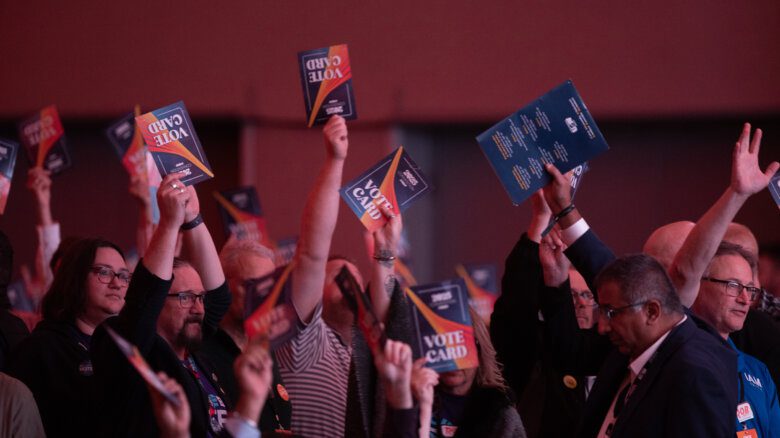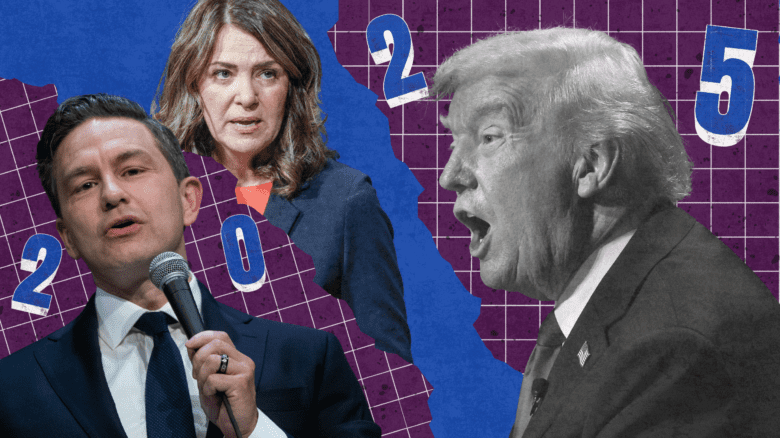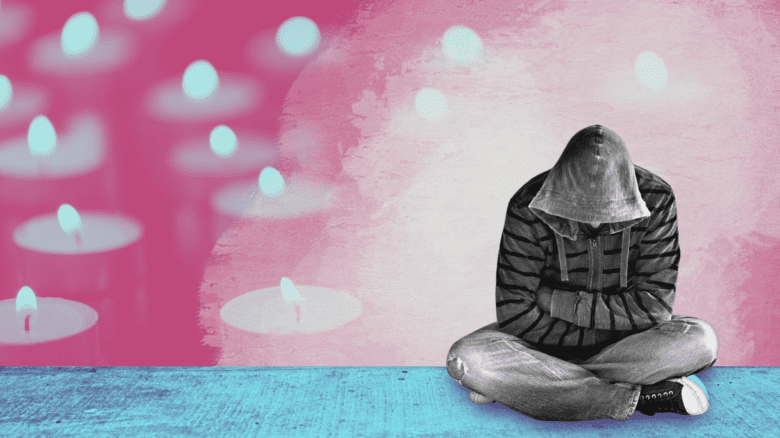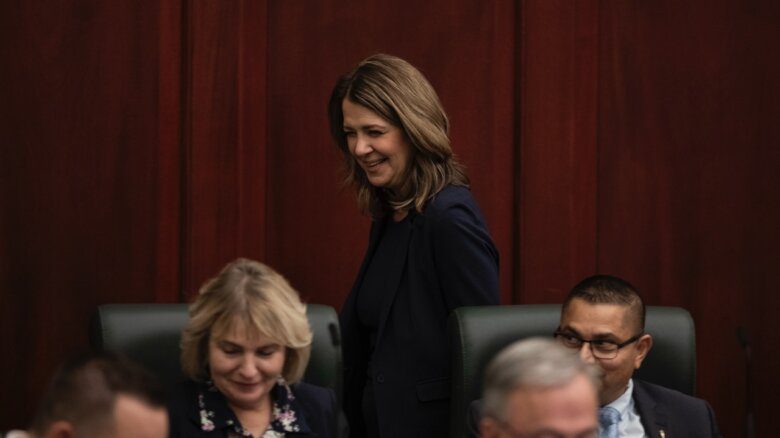I’ve worked in newsrooms across the U.S. and Canada my entire career.
That’s more than two decades for anyone who’s counting. I’ve witnessed tremendous evolution in the way most media organizations strive to responsibly balance issues they cover. Modern-day journalists rarely give a platform for fear-mongers, science deniers or generally misinformed people to provide their side of the story unchecked. Journalists have always realized responsible balance doesn’t mean equal weight for everyone’s opinion.
Then there are days like Wednesday.
As a whole, media coverage of the “nationwide clash” about how Canadian schools handle trans- and queer-inclusive education did a disservice to people who identify as LGBTQ2S+. And when you fail people others are actively trying to marginalize, you fail the obligation of journalism.
Vulnerable people weren’t positioned at the forefront of stories. Some news clips didn’t give any voice to queer people. Many outlets cast the protests as a popularity contest between two equal ideologies. And the real context—the anti-trans movements that have led to documented spikes in violence against queers—was ignored as news hits trickled into feeds.
This wasn’t a protest led by concerned parents. All it took was a Google search to realize organizers had simply rallied multiple groups advancing anti-trans agendas under one banner with a headline that hid the real agenda.
“Sept. 20 was the day most Canadian media outlets got fooled into putting unchecked queer hate in the spotlight.”
Let’s call it what it was: an assault on the very existence of trans and other queer people. It was hateful. It was built on successful political strategies to malign people in the U.S. and the U.K. And journalists—who should be chief defenders for freedom of expression—got tricked by these seemingly well-intending folks claiming they just want to make sure the kids are okay.
Reporters who labelled it as a debate need new dictionaries. There were not two logical sides working toward a consensus. You can’t debate a person’s very right to exist. And the stated agendas from the people who picked the fight are so mixed—ranging from sex education curriculums to inclusive pronoun policies to sexual orientation and gender-identity programming in general—they couldn’t possibly present a consolidated argument.
Worse, Wednesday wasn’t an instance in which journalists should have given credence to anti-queer protesters’ arguments by trying to pick who “won,” as one newspaper put it.
The idea that anyone was the winner is absurd. It’s terrifying to think someone would count the number of people on either side of police lines across multiple cities and declare a victor in sum. By those standards, the Freedom Convoy was a raging success.
Through sound bites alone—like the ones looped over the course of 10 hours this week, as protests and counter-protests rolled out across the country—a listener or viewer could easily be hoodwinked into believing this was a compassionate bunch with good intentions. Who doesn’t want parents involved in their kids’ decisions or to protect children from abuse? Without the proper context, those feel like good things. One can easily be forgiven for accidentally jumping on board.
Journalists can’t be granted such leniency. We must hold ourselves to a higher standard. It’s our job to make sure people understand the full background, subtext and impact of issues. It’s our duty to go beyond the surface, especially when covering matters affecting people who have historically been marginalized. Identifying things that aren’t quite what they seem is a basic function of our jobs.
Have journalists learned nothing from the past 70 years? We stopped framing the climate crisis as a debate. We recognized unconscious bias was impacting reporting on communities of colour. We started depicting missing and murdered Indigenous women as mothers and children, not statistics. I thought queer people had “proven” their humanity … until Sept. 20. The day most Canadian media outlets got fooled into putting unchecked queer hate in the spotlight.
I hope we look back and consider this moment a monstrous leap forward in our evolution.
Anything less is an affront to people who depend on truth for dignity.
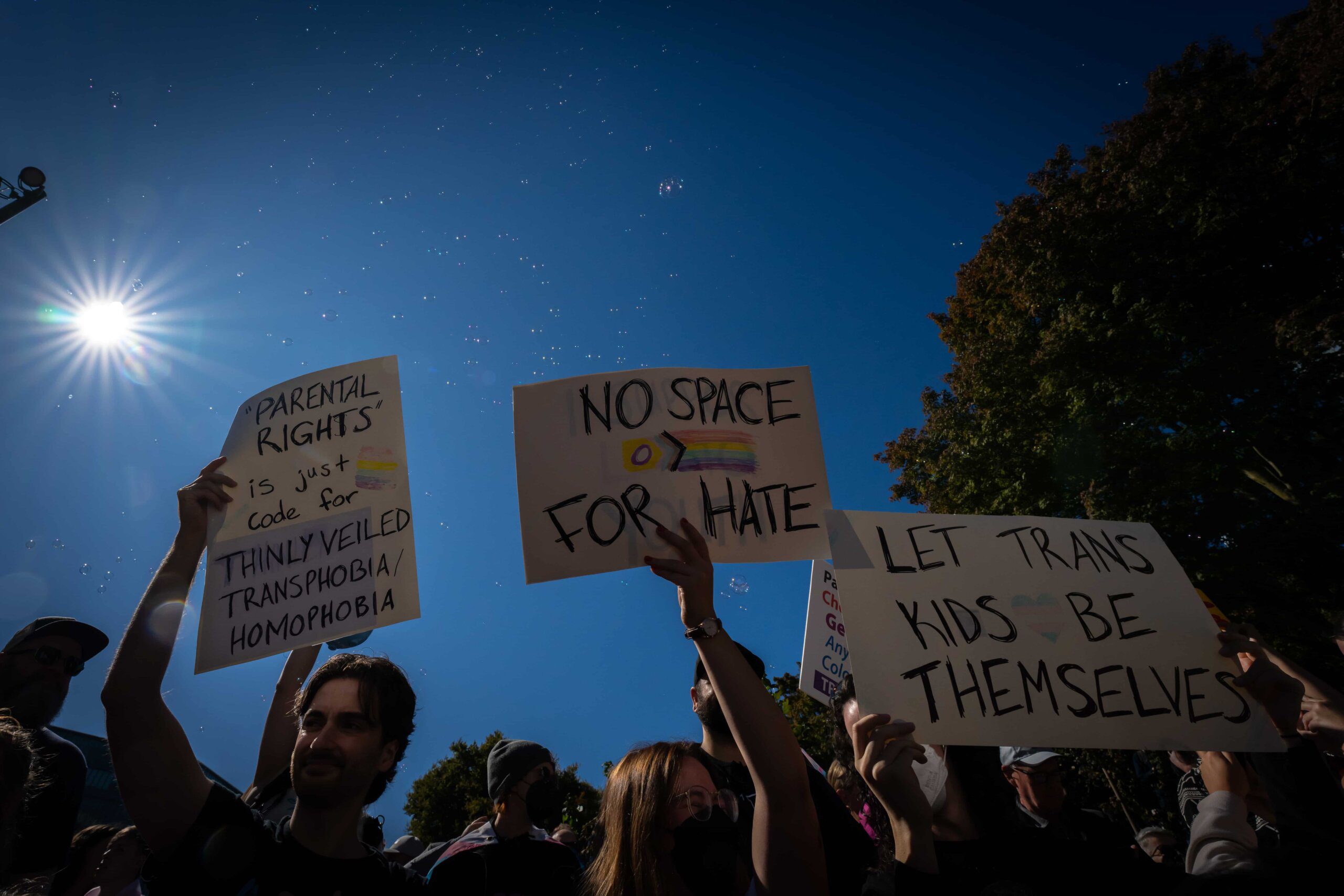

 Why you can trust Xtra
Why you can trust Xtra